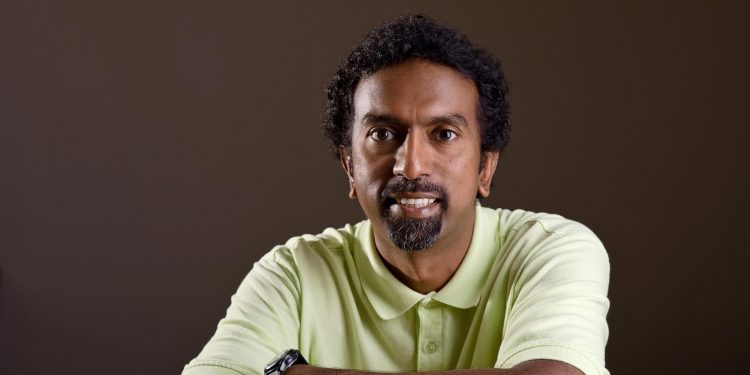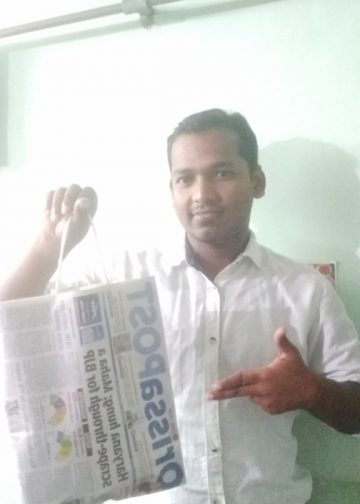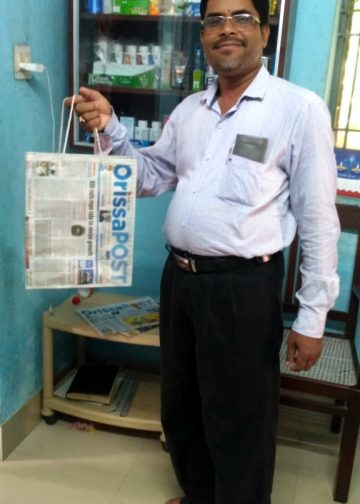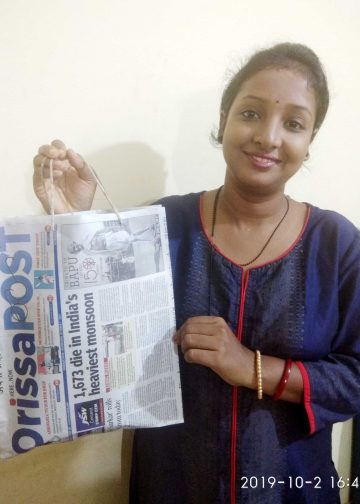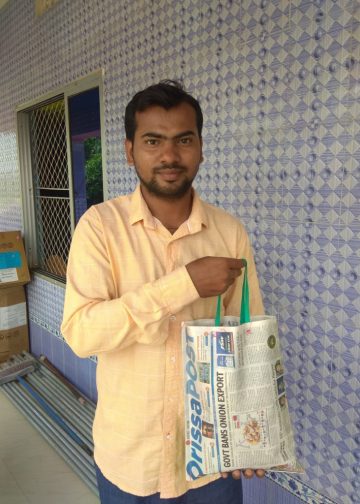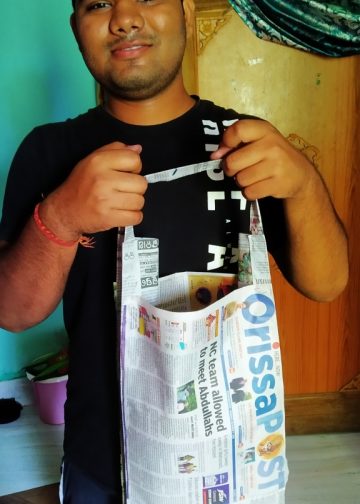By Melvin Durai
I recently had my annual physical, which was really my annual blood analysis. The nurse practitioner who conducted the check-up barely examined me physically. What she mostly did was review the data from a laboratory’s analysis of my blood. I had given the lab a sample of my blood and a week later I sat down with the nurse practitioner, hoping to find out that I am the healthiest human alive. No such luck. Diabetes runs in my family and for the last few years I’ve had prediabetes. That means that my blood sugar levels are higher than normal, but not high enough for a diagnosis of type 2 diabetes. Having prediabetes is like being called to the principal’s office, sitting in the waiting room and trying your best to avoid going in. Because I’m at high risk for diabetes, I try to exercise regularly and step on the scale every time I go to the gym, making sure I keep my weight under control. But what I really need to control is my intake of sugar and carbohydrates. That’s much harder to do, because it requires willpower. And though my blood analysis doesn’t show it, my willpower level is quite low. Aside from showing that I’m still prediabetic, my annual physical uncovered another area of concern: prehypertension. The nurse practitioner took my blood pressure and found that it’s higher than normal, but not high enough to require medication. What I need to do is make some lifestyle changes, including reducing the amount of salt I consume. As you can imagine, the idea of reducing both salt and sugar in my diet is not too appealing.
Perhaps I can handle some sort of compromise: no salt on Mondays, Wednesdays days and Fridays; no sugar on Tuesdays and Thursdays. “What about weekends?” you may ask. Well, on weekends I will make up for the weekdays. As I noted, I suffer from low willpower. According to the World Health Organization, 1.4 billion adults aged 30 to 79 worldwide had hypertension in 2024. That represents one-third of the population in that age range. What’s particularly concerning is that 600 million adults with hypertension (44%) do not know they have the condition. I didn’t know either — until I had my annual check-up. That’s why it’s important to have an annual physical, especially if you’re like me — old enough to have turned the pages of a dictionary. Knowing you have something is better than not knowing, especially if you can do something about it. Catching a disease or health condition in its early stages can make a huge difference in your ability to beat it. The WHO lists several factors that increase the risk of having high blood pressure, including older age, genetics, being overweight, not being physically active, having a high-salt diet, and drinking too much alcohol. You can’t do much about your age or genetics. Dyeing your hair may make you look younger, but it won’t reduce your blood pressure. Trust me, I’ve tried.
However, you can work on the other factors. The WHO suggests several lifestyle changes that can help alleviate high blood pressure. Among them: eating more vegetables and fruits; sitting less; being more physically active; and losing weight if you’re overweight or obese. (Please don’t lose weight if you’re slim. This can be dangerous. There are too many cracks in the pavement.) Perhaps most importantly, the WHO recommends this: “Keep appointments with your health care professional.” Indeed, your health care professional can diagnose conditions that you shouldn’t ignore. I know this from personal experience. After my check-up, I have no intention to ignore hypertension.

